Quote:
Originally Posted by KJones

I do know that there is a function where the dominant of the minor scale is turned major or dominant 7th, but are there any harmonic patterns that give a really good cadence and progression with 9th's, 11th's or even better #5 or #6 chords?
|
Here. This is from my own homework so the work is not exactly stellar, but it gets the point across.
9th, 11th, and 13th chords are 7th chords with added dissonance. Sorry, the resolution of the image is not the greatest, it's the best I could do though

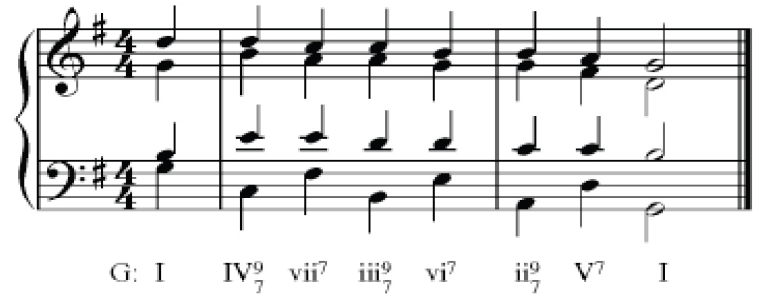
As you can see, I've written a descending 5ths sequence, and have alternated 9/7 chords with other 7th chords.
Now here's an 11th chord used in a cadential progression (which is what you wanted to know).
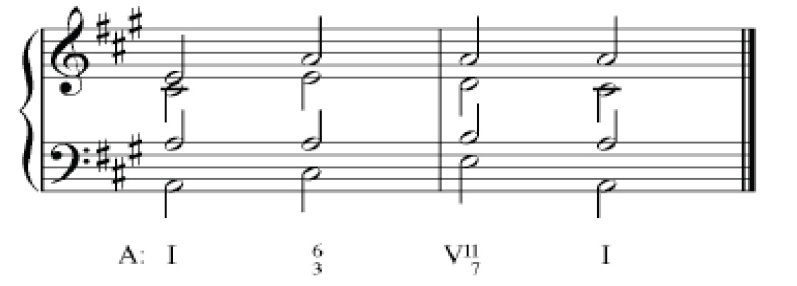
And a 13th chord:
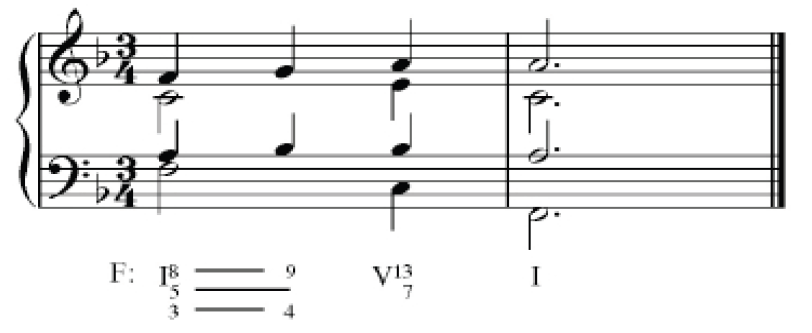
By #6 chords, did you mean augmented 6th chords? There are three types (French, German, and Italian) and they work really nicely as pre-dominant chords in a V-I cadence. Here's a French 6th acting as a pre-dominant in a minor key. The top example shows the more typical use of the iiø4/3, and then in the second example you can see that I've replaced it with a French 6th chord:
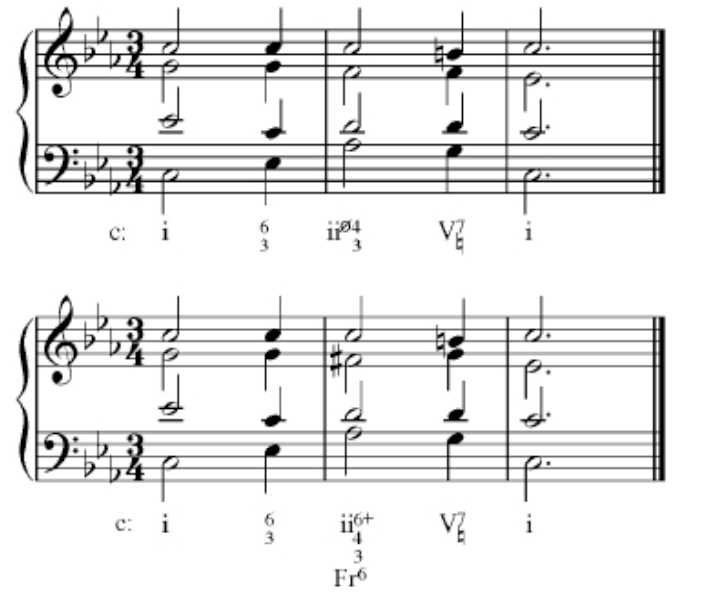
Here's a French 6th in a major key:
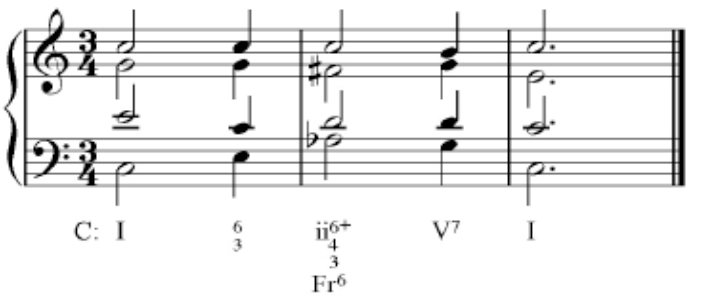
You can also use the bII6 chord (AKA the Phrygian II
or Neapolitan 6th chord) as a pre-dominant harmony in a cadential progression. This is a chord that is built on the flattened supertonic (scale degree 2 of the key), and is almost always written in first inversion.














 Hybrid Mode
Hybrid Mode